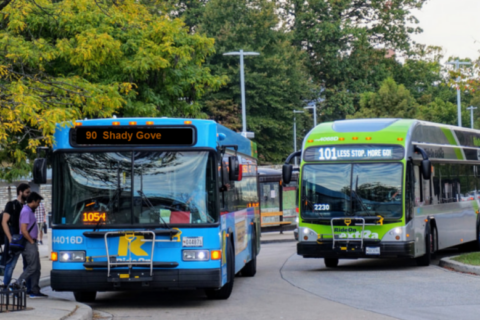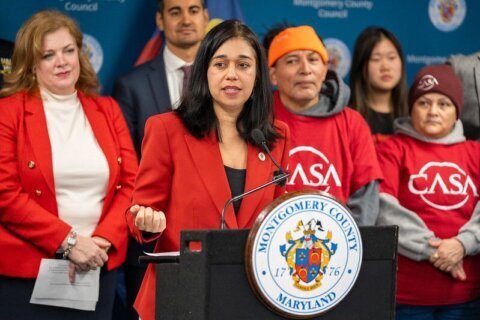Just because you call an ambulance in Montgomery County, Maryland, that doesn’t mean you’ll skip the lobby wait in the emergency room.
Maryland’s ER wait times — the time spent in the emergency room before being admitted to the hospital or being sent home — are the longest in the country: an average of 376 minutes, in the latest data, from 2017. The national average was 281.
The only hospital in the county that scored above the national average for how long it
took to see a health care professional once a patient arrived at the emergency department was Adventist. However, it was still below average on most other emergency department-related metrics.
Walk-ins aren’t the only people waiting — ambulances are waiting, too. That means emergency responders can’t get back to work answering other calls.
“We have ambulances, especially Priority 3 patients, who are sitting for 30, 60, 70, 80 minutes waiting for a bed,” said Montgomery County Fire and Rescue Capt. Ben Kaufman, in Fire Chief Scott Goldstein’s monthly briefing. Priority 3 patients are those requiring medical attention but not on an emergency basis.
“That is just crushing us,” he said. “We have units that can’t clear. Our providers, our clinicians, are not being productive while they’re sitting there.”
In response, Montgomery County Fire and Rescue has instituted a program called Direct to Triage. The goal of the program is to identify patients stable enough to wait their turn in the emergency department lobby, and let them sit in the waiting room, freeing up the ambulance to leave to be ready to take other calls.
“If you look at how many patients we take to the hospital overall, about 60% of them are Priority 3. A subset of those patients, who are stable and can sit up in a chair, we’ve pushed out Direct to Triage,” he said.

The program, which started Feb. 1, has already shown promise.
So far, an average of 10 patients each day have fit under the new category, and have been sent to the waiting room without the ambulance having to wait for an open bed in the emergency department. This has saved numerous minutes per call, adding up to hours more time that emergency responders can be ready for a call instead of waiting for the hospital to take the patient they already have.
“It’s encouraging to see so early on that we’re able to get out of there faster,” said Kaufman. “We’re just going to keep rolling with it and we think were going to have some decent success if we look at this on a bigger picture.”
You can check wait times at various Maryland areas and specific hospitals.








